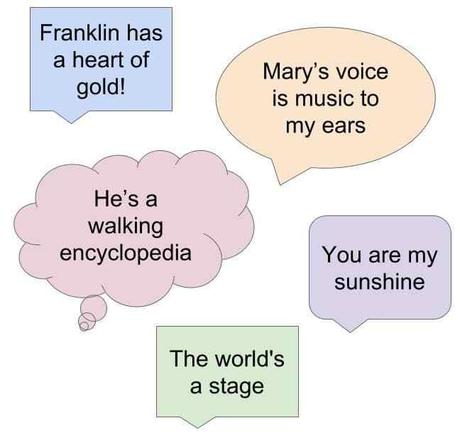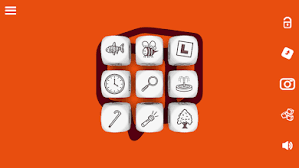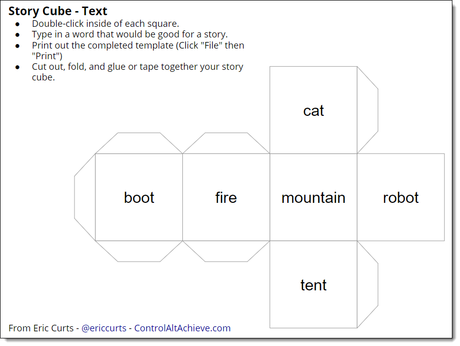One of our readers challenged us to simplify the process of applying Stratals as a creativity tool. A stratal is putting together a layer of unconnected, random statements or observations and looking at it as a whole. The purpose is to allow new ideas to materialize from evaluating the strata as a whole and not the disconnected pieces.
An Analogy
One of the best ways to explain complicated things is by using an analogy or an metaphor. Douglas Hofstadter and French psychologist Emmanuel Sander even claim in their book Surfaces and Essences: Analogy as the Fuel and Fire of Thinking that all thinking is metaphorical. .

However, if you use metaphors you must make sure that there are sufficient similarities. In our post Thinking in Analogies we provided a way to systematically investigate the similarities and dissimilarities.
The Story Cube as an Analogy for a Stratal

Throw the dice, and create a story starting with “Once upon a time…” using the nine symbols on the faces of the dice. Then, follow your imagination! Just go for it. There are no bad interpretations, and there’s no such thing as a bad story.
A stratal works in the same way as a story cube . Although, you first have to make all by yourself “the symbols” – the text lines – which act as stimuli for the fantasy. Then the layers of the unconnected statements about a situation provide your input of imaginative thinking.

The general instruction ¨tell me a story¨ differs from a more specific request ¨Once upon a time. . .. There are no bad stories, although
some practice will immediately increase your fluency in making up stories
The same will be the case with applying stratals. There is a huge difference between the thinking request ¨come up with a creative idea¨ and giving a stratal as imput for the thinking.
An Example
Start with a simple challenge such as this one.
How to wrap a Valetine gift?
- So what if a potato was used to stamp a pattern on a newspaper.
- So what if you mold the paper around the gift.
- So what if sticky geckotape was used to seal the gift.
- So what if the gift is wrapped around a tin.
- So what if a branch was used to decorate the gift.
Some ideas.
Make a mold out of potato peelings and wrap it around gifts. People can make their own moulds at home, eco-friendly wrapping that reduces waste.

Wrap a Valentine gift in tree branches, i.e. hide the gift in trees. Look for perfect hiding places like crooks or holes. You could also use leaves to wrap the gift.
Geckogram that delivers gift wrapped in potato plastic bags. Made of potato starch.
Seal your gift with sticky tape inspired by sticky gecko hairs.
A Gecko has a potato in his mouth that can be opened and the gift is hidden instead. Could be a potato made out of chocolate. . . or . . .
Put the present in a tin box or can. The tin could be reused and decorated with love heart made out of sticks.
Hang the tin on a dead branch in the living room or a branch in the garden.
Now it is your turn. Choose a challenge, come up “symbols” and use them as input for your imaginative thinking.
